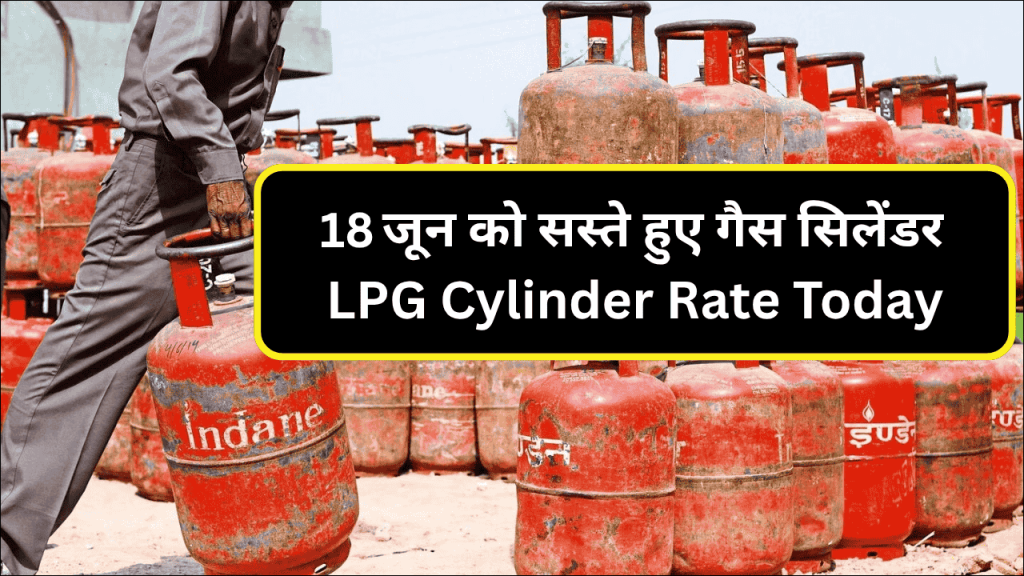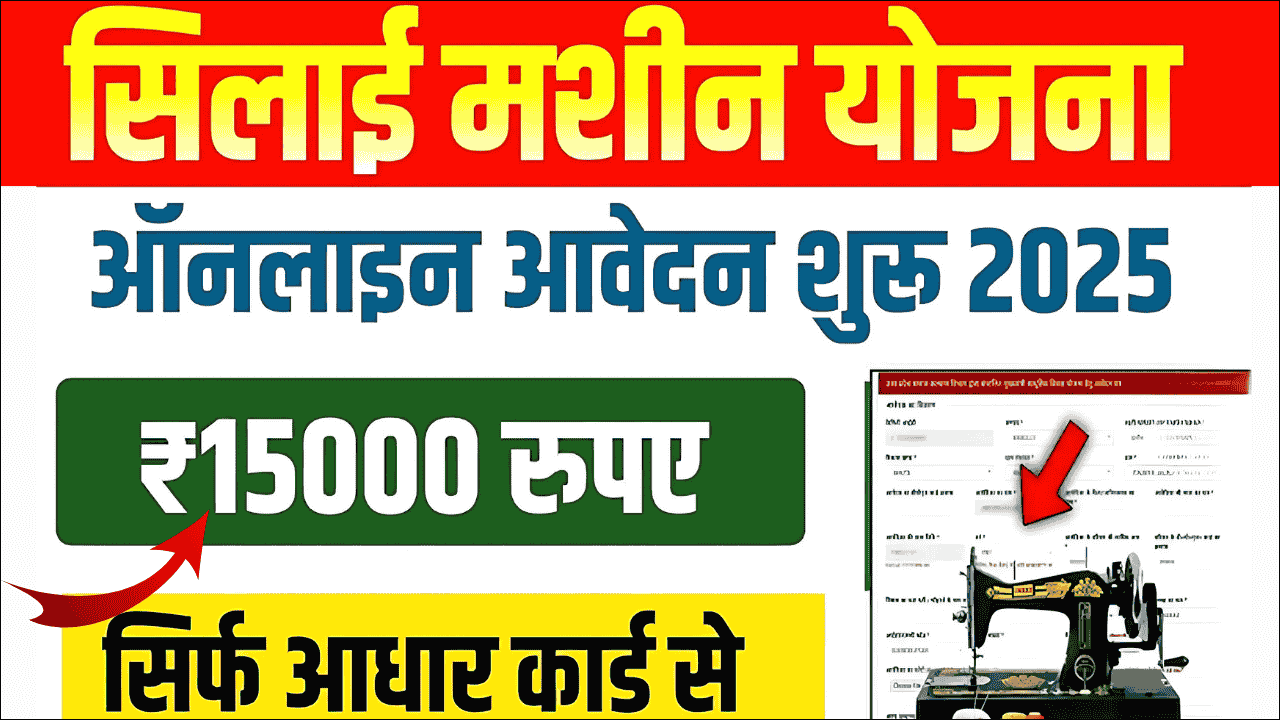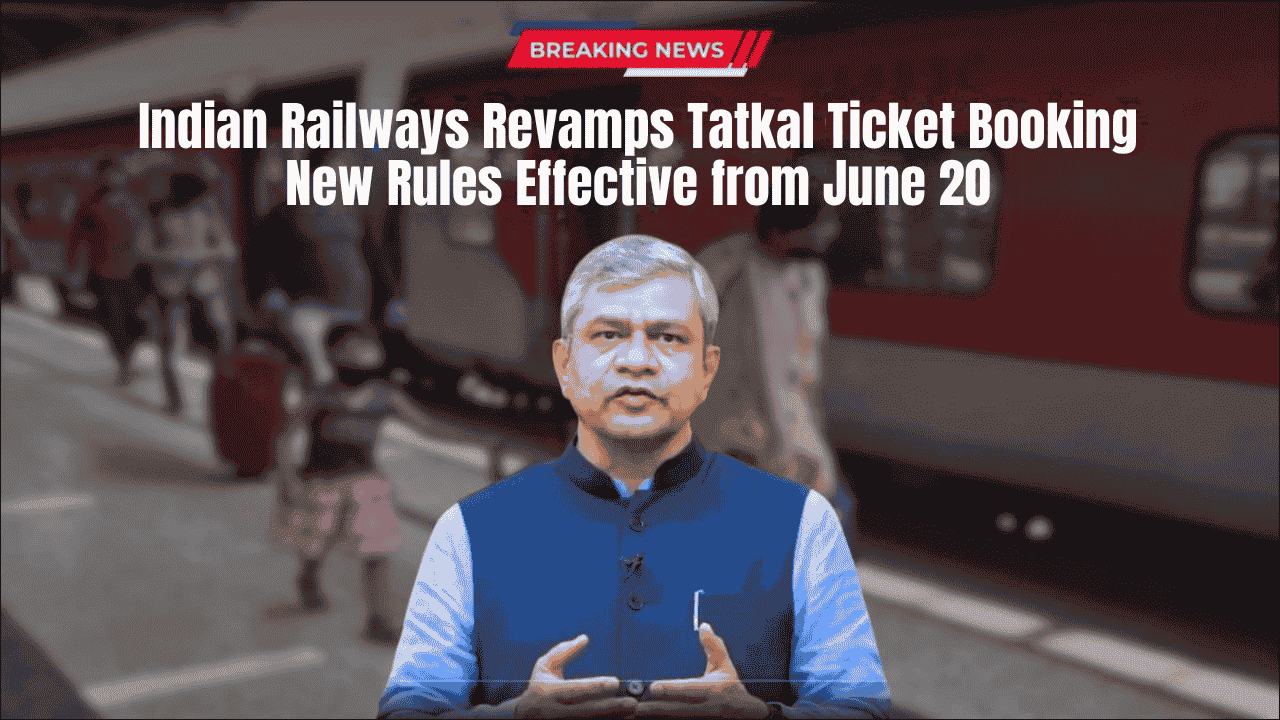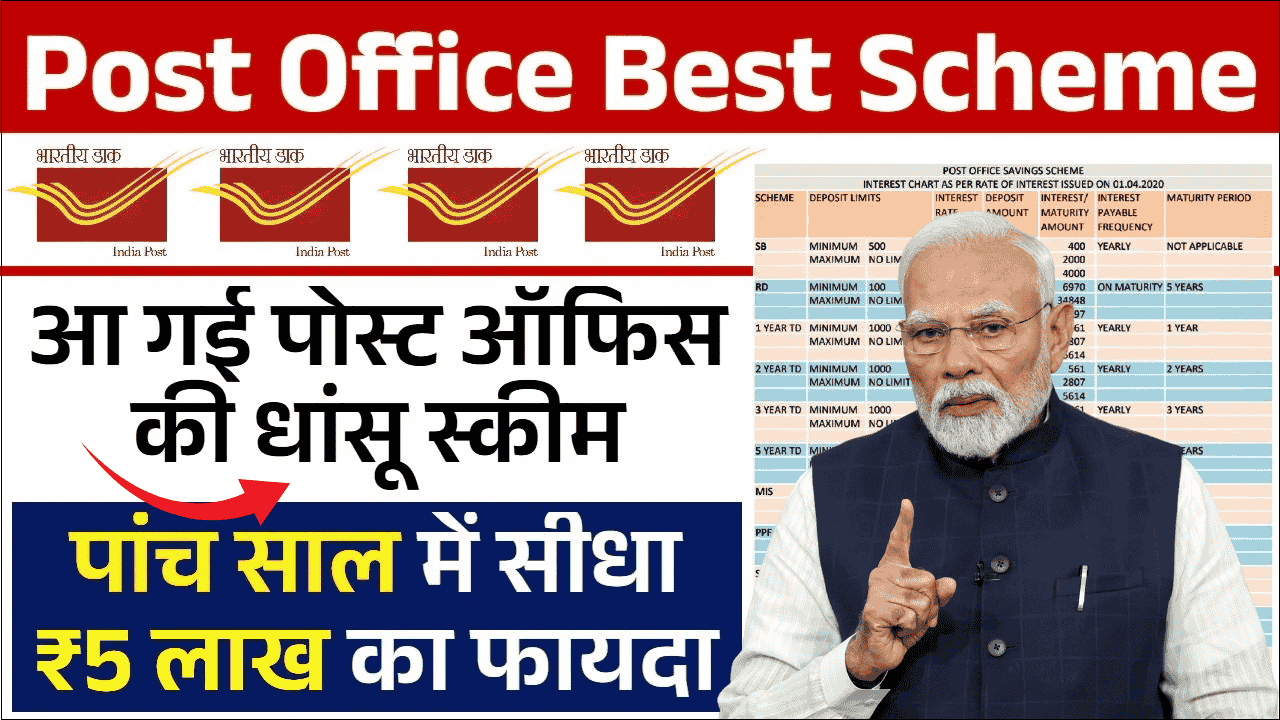
Table of Contents
Bottom Line Up Front
LPG cylinder prices have decreased across most districts on June 18, 2025, bringing significant relief to household budgets. Rates now vary from ₹892.50 (lowest in Jamshedpur and Saraikela) to ₹912.00 (highest in Hazaribagh, Koderma, and Ramgarh), creating a ₹19.50 price difference that consumers should be aware of to avoid overpaying.
Welcome Relief for Indian Households
Indian consumers planning to refill their domestic LPG cylinders today can expect some positive news for their household budgets. The latest rate announcements from major oil marketing companies including Indian Oil Corporation (IOCL), Hindustan Petroleum (HP), and Bharat Petroleum Corporation Limited (BPCL) show a general downward trend in cylinder prices across multiple states.
This price reduction comes as a welcome development for millions of Indian families who depend on LPG for their daily cooking needs. The decrease reflects favorable international crude oil market conditions and efficient supply chain management by domestic oil companies.
The timing of this price drop is particularly beneficial as it coincides with the mid-month refill cycle when many households typically purchase their cooking gas cylinders. Understanding the exact rates in your specific district becomes crucial to ensure you’re not overpaying for this essential commodity.
Regional price variations continue to exist due to transportation costs, local taxes, and distribution logistics, making it important for consumers to verify current rates before making purchases.
Jharkhand Districts Show Significant Price Variations
Jharkhand state presents an excellent case study for understanding how LPG prices can vary significantly within a single state. The price differential of nearly ₹20 between the cheapest and most expensive districts demonstrates the importance of location-aware purchasing decisions.
East Singhbhum (Jamshedpur) and Saraikela-Kharsawan districts are currently offering the most competitive rates at ₹892.50 per 14.2kg domestic cylinder. This represents the lowest price point across the entire state and provides maximum value for money.
Chaibasa in West Singhbhum follows closely with cylinders priced at ₹902.00, still offering significant savings compared to higher-priced districts. These three districts collectively serve a large portion of Jharkhand’s urban and industrial population.
The competitive pricing in these districts likely reflects their proximity to major transportation networks and refineries, reducing logistics costs that are ultimately passed on to consumers in the form of lower retail prices.
District-wise Price Analysis for June 18, 2025
| Price Category | Districts | Price (₹) | Difference from Lowest |
|---|---|---|---|
| Lowest Rates | Jamshedpur, Saraikela-Kharsawan | ₹892.50 | – |
| Budget-Friendly | Chaibasa | ₹902.00 | +₹9.50 |
| Standard Rates | Ranchi, Dhanbad, Bokaro, 13 others | ₹910.50 | +₹18.00 |
| Premium Pricing | Chatra | ₹909.50 | +₹17.00 |
| Highest Rates | Hazaribagh, Koderma, Ramgarh | ₹912.00 | +₹19.50 |
Standard Pricing Across Major Urban Centers
The majority of Jharkhand’s districts, including the state capital Ranchi, maintain a standardized rate of ₹910.50 for domestic LPG cylinders. This pricing strategy appears designed to balance affordability with operational costs across diverse geographical areas.
Major industrial and commercial hubs like Dhanbad and Bokaro also fall within this standard pricing bracket, ensuring that economic centers don’t face excessive energy costs that could impact industrial competitiveness and household budgets.
Districts with Standard ₹910.50 Pricing:
- Central Region: Ranchi, Dhanbad, Bokaro
- Eastern Region: Deoghar, Dumka, Sahibganj, Pakur
- Western Region: Garhwa, Lohardaga, Latehar
- Northern Region: Godda, Gumla, Jamtara
- Southern Region: Khunti, Palamu, Simdega
This widespread adoption of standard pricing across 16 districts indicates coordinated policy implementation by oil marketing companies to maintain market stability while ensuring reasonable profit margins for distributors.
Understanding Price Variation Factors
The significant price differences across districts within the same state result from multiple economic and logistical factors that consumers should understand to make informed purchasing decisions.
Primary Price Determination Factors:
Transportation and Logistics Costs: Distance from refineries and distribution terminals directly impacts final retail prices. Districts closer to major oil facilities typically enjoy lower transportation charges, which translate to reduced consumer prices.
Local Tax Structure: State and local tax variations, including VAT, local body taxes, and other levies, create price differentials. Some districts may have more favorable tax structures that benefit consumers.
Distribution Network Efficiency: Areas with well-established distribution networks and higher dealer density often have more competitive pricing due to economies of scale and reduced handling costs.
Market Competition Dynamics: Local market competition among authorized dealers can influence final pricing, with more competitive markets generally offering better rates to consumers.
Comparative Analysis with National Trends
| Factor | Impact on Pricing | Consumer Benefit |
|---|---|---|
| Refinery Proximity | Lower transportation costs | Reduced retail prices |
| Distribution Efficiency | Streamlined logistics | Faster delivery, better rates |
| Market Competition | Competitive pricing pressure | Consumer choice and savings |
| Infrastructure Quality | Reduced handling costs | Price stability |
Smart Consumer Strategies for Maximum Savings
Understanding price patterns and implementing strategic purchasing decisions can result in significant annual savings for households that consume multiple LPG cylinders throughout the year.
Money-Saving Tips:
- Price Monitoring: Check current rates online before scheduling refills
- Bulk Planning: Consider purchasing during favorable price periods
- Dealer Verification: Ensure purchases from authorized dealers only
- Documentation: Always request proper bills and receipts
- Complaint Mechanisms: Know how to report overcharging incidents
For families consuming 12 cylinders annually, the ₹19.50 price difference between cheapest and most expensive districts amounts to ₹234 in yearly savings – a meaningful amount for budget-conscious households.
Digital Tools for Price Verification
Modern consumers have access to multiple digital platforms for real-time price verification, ensuring transparency and preventing overcharging by unscrupulous dealers.
Official Online Resources:
| Company | Website | Features Available |
|---|---|---|
| Indian Oil (IOCL) | iocl.com | State/district-wise rates, dealer locator |
| Hindustan Petroleum | hindustanpetroleum.com | Real-time price updates, booking facility |
| Bharat Petroleum | bharatpetroleum.com | Location-based pricing, customer service |
These platforms provide accurate, up-to-date pricing information and help consumers make informed purchasing decisions while avoiding potential overcharging scenarios.
Safety and Quality Assurance Guidelines
Beyond price considerations, consumers must prioritize safety and quality when purchasing LPG cylinders to protect their families and properties from potential hazards.
Essential Safety Practices:
- Authorized Dealer Verification: Purchase only from licensed, authorized distributors
- Cylinder Inspection: Check for visible damage, proper sealing, and manufacturing dates
- Installation Safety: Ensure proper connection and leak detection procedures
- Storage Guidelines: Follow recommended storage practices and safety protocols
- Emergency Procedures: Understand proper response to gas leaks and emergencies
Quality assurance goes hand-in-hand with fair pricing, as unauthorized dealers may offer cheaper rates but compromise on safety standards and product quality.
Economic Impact and Future Outlook
The current price reduction trend reflects broader economic factors including stabilizing crude oil prices, efficient supply chain management, and government policies aimed at reducing the burden on common consumers.
Market Indicators Suggest:
- Stable Supply Chains: Reduced logistics disruptions leading to cost savings
- International Price Moderation: Favorable crude oil pricing benefiting domestic markets
- Enhanced Competition: Increased market competition driving consumer-friendly pricing
- Technology Integration: Digital platforms improving distribution efficiency
Industry experts anticipate that prices may remain relatively stable in the coming weeks, barring significant international market disruptions or major policy changes affecting the energy sector.
Consumer Rights and Complaint Mechanisms
Consumers have specific rights regarding LPG pricing and quality, with established mechanisms for addressing grievances and ensuring fair treatment by distributors and oil companies.
Your Rights Include:
- Transparent Pricing: Access to current, accurate pricing information
- Quality Assurance: Guarantee of genuine, safe products
- Fair Treatment: Protection against overcharging and exploitation
- Prompt Service: Reasonable delivery timelines and customer support
- Grievance Redressal: Efficient complaint handling and resolution
Frequently Asked Questions
Q1: Why do LPG cylinder prices vary between districts in the same state?
Price variations occur due to differences in transportation costs from refineries, local tax structures, distributor margins, and logistics expenses. Districts closer to refineries typically have lower prices due to reduced transportation costs, while remote areas may face higher charges.
Q2: How often do LPG cylinder prices change and who determines them?
LPG prices are reviewed monthly by oil marketing companies (IOCL, HPCL, BPCL) based on international crude oil prices, exchange rates, and government policies. While base prices are set nationally, final retail prices are determined at district level considering local factors.
Q3: What should I do if I’m charged more than the official rate for my district?
If overcharged, immediately file a complaint with your gas distributor or the respective oil company’s customer care helpline. Keep your bill as proof and report the incident promptly. Most companies have established grievance mechanisms to address such issues quickly.
Q4: Are there any government subsidies available for domestic LPG cylinders?
Currently, direct subsidies are limited to eligible beneficiaries under the Pradhan Mantri Ujjwala Yojana. General consumers pay market rates, though the government may provide relief measures during periods of excessive price increases to protect household budgets.







